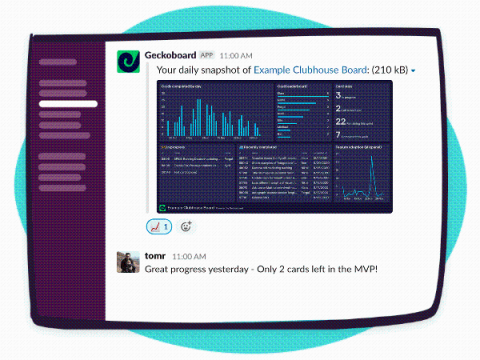The A-Z guide to startup metrics: 16 KPIs to help your business succeed
In 2015, LayerVault, which created version-control software for developers, shut down. Despite appearing, externally at least, to be a healthy startup, the company struggled to find product-market fit and had to close as a result. When LayerVault failed, Kelly Sutton, co-founder of the startup, took stock of what went wrong and what the company might have done differently. One issue that stood out was that they didn’t define and track startup metrics.











